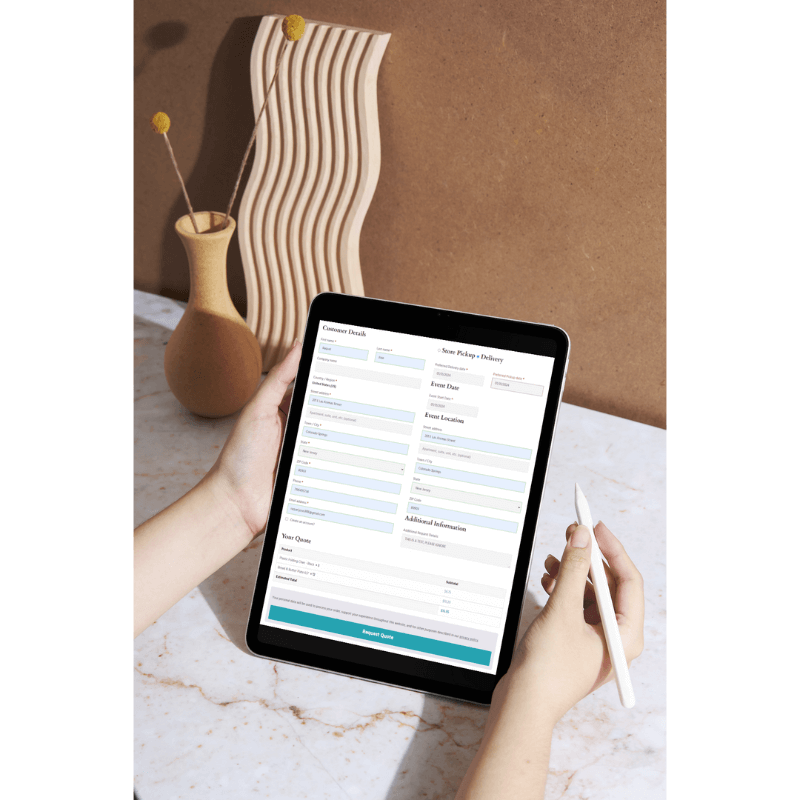The Google Display Network
Growth Comes From New Customers
Your customers browse the webspace every day, all day, visiting multiple websites, on multiple devices. For your business to connect with your potential customers, you need to be in front of them in as many different formats as possible.
If you want to maximize your exposure in front of potential customers, let’s talk about Display Media. This approach is great for:
- Awareness
- Branding
- Reconnecting with past visitors of your website
- Targeting audiences based on their behaviors or interests
Simple Explanation of Display/Banner Ads
Google is a search engine – you enter a search query and get text results. Display or banner ads are “the rest of the world”. Most blogs, news and entertainment websites you visit display containers on the sides or in-between content, with visual types of messages. Even if you do not click on those messages, they are very powerful from an awareness and branding.

In addition, if you have a tighter marketing budget, a strong display media plan can help you build awareness more efficiently than traditional media channel, especially when it comes to a targeted audience. We can help you calculate the difference in targeted exposure between your traditional media buys and display placements.
Here Are Some Common Questions We Get From Clients
What Are Display (Banner) Ads?
Display advertising is seen all the time in a number of websites or mobile applications. Those are image ads, which show throughout the content. Display ads are also known as banner ads.
Banner ads or display ads follow various standardized sizes and shapes. Through standardized display ad sizes, advertisers can display the same marketing message among as many placements as possible.
When you run display ads, (by default) you pay per thousand impressions, also know as CPM. An impression represents every time your ads are loaded on a page. How much an impression costs dependents on the publisher and how you purchase ads. Event though the standard way of purchasing display ads is CPM, you can also organize your campaigns to pay per click.
What Are Display Ads Good For?
Typically these ads are considered for branding/awareness or top funnel efforts. However, these ads can also be used for direct response. A little further down, we discuss some of the main ways to target these marketing messages.
How Is Display Media Purchased?
Traditionally, publishers in higher demand, have sold display inventory direct. For example the local Colorado Springs news outlets offer display ads on their specific properties. In recent years, however, display media has been traded through Ad Networks, which allow digital media buyers access into the inventory of many websites and mobile apps. If you want the freedom to go after your desired target audience, this is the preferred method of buying display media.
Another trend in display media buying is called “programmatic”. In simple terms this means that instead of a person selling or buying the banner ad placements, this happens in an automated fashion – in real time. In this scenario, machines or algorithms are bidding in real time on available placements. For example, if a you opened a page on Colorado Springs attractions, in real time the algorithm will collect data and see what other sites you might have visited recently, what interests you have expressed and based on those learnings, will make the decision on which ad to show you. In summary, this new way of buying display advertising:
- Allows for more targeted and tailored advertising
- Brings down overall prices per ad
- Does not pile up ad space inventory
What Does Display Media Buying Allow Me To Target?
Absolutely! Some of the more common ways to target display media include:
- Placements: You select a list of websites you want your ads to show on. However, be aware that as an awareness tactic you probably don’t know too much about your audience, yet. So by limiting your ads to only select websites, you might be missing out on other places your targets visit more or more often.
- Keyword/Contextual: You pick a group of keywords to target. Your ads will display on web pages, which talk about those types of keywords in the content. Do not mistake this approach, however, with search engine marketing (SEM), as this tactic is much broader and less refined.
- In-Market Audience: We use the web space as a resource for different information, from researching a new car purchase, to researching engagement rings or shoes. Big data centers process a lot of that information and assign patterns of behavior. Based on those you can predict with a great level of confidence what someone is looking to buy, while displaying the most relevant information to each end user. This tactic gets closer to what would be a called a lead-generation effort, as you can show very specific messages to coincide with what someone is looking to buy.
- Affinity: If you are looking to get your message out in front of a specific type of person (e.g. traveller, gamer, book lover, etc.), rather than what he/she is looking to buy, then this would be the path to take.
- Topics: This approach is similar to keyword/contextual targeting, however has a slightly different approach. Instead of producing a list of keywords, you can manually enter topics. The results can be similar.
- Demographic: alongside the methods listed above, you can also target people based on demographics, such as age group, household income level and so on.
- Geographic: location is everything for local businesses. If you are located in Colorado Springs, unless you are a national company, why would you want to show your ads in El Segundo, California? You can target a radius around an address or for more sophisticated campaigns, you can target a specific building.
- Retargeting: this is the lowest funnel display media targeting you can deploy in your digital marketing strategy. It allows you to put very specific messaging in front of people, depending on how they have interacted with your website.
As you can tell, the flexibility in how you deploy your display advertising is big. Multiple combinations can be made, depending on what you are trying to achieve. Do you still have questions about implementing display media in your marketing strategy? Don’t hesitate to reach out. We love being the digital marketing knowledge resource for the Colorado Springs community!


